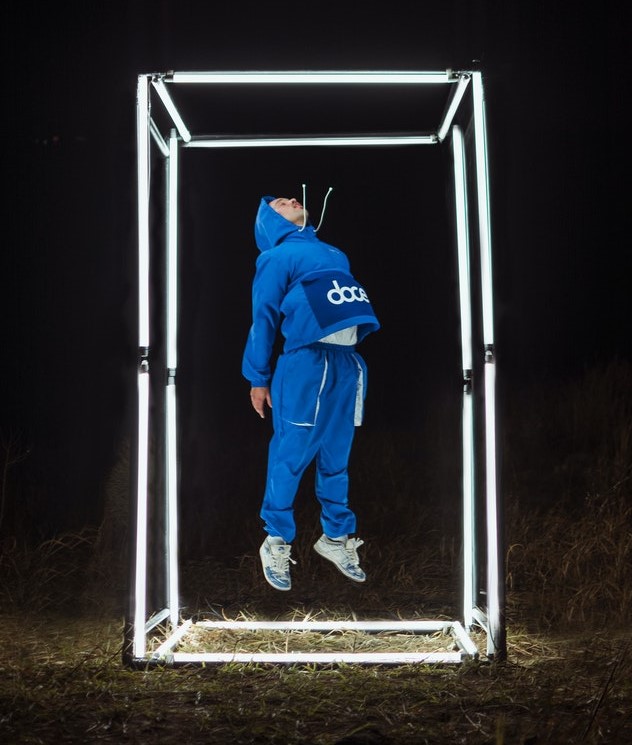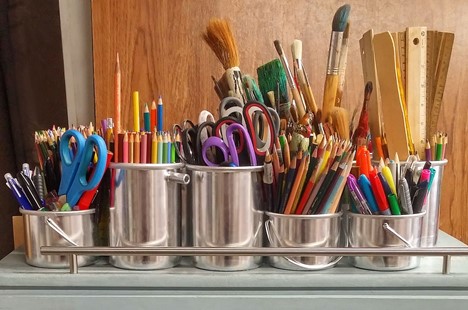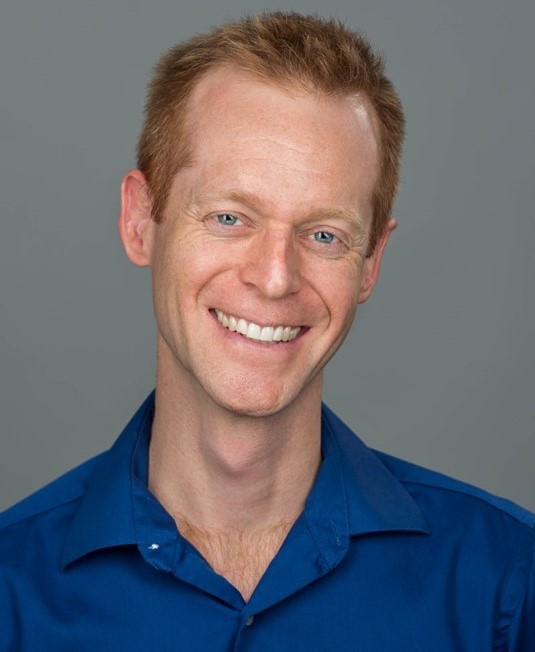
“The fact that some choice is good doesn’t necessarily mean that more choice is better.” –Barry Schwartz1
Many people believe that creativity flourishes under absolute freedom. Arguing that constraints limit the possibility of ideas. They bring up the Soviet Union, which placed strict limits on expression, and rightly point out that creativity was impoverished artistically, technologically, and economically.
But there is another line of thinking, less popular, that argues in favor of constraints. This school of thought contends that constraints can actually enhance creativity, that too much freedom actually makes creativity much harder. But the freedom they’re talking about is not political freedom. And the constraints they refer to are not censorship laws.
Imagine a piano with eight keys. You can’t do very much with it; creative expression would be seriously limited. But now imagine the opposite extreme – a piano with 400 keys. Even a master pianist with very long arms would be overwhelmed by the options. For this reason, most pianos have just 88 keys. That’s the sweet spot where the artist has enough freedom and enough constraints to be creative.
And the same is true for other art forms. An artist painting on a 3’ by 2’ canvas benefits from the limited space. A poet forcing her words into a Haiku benefits from the defined structure. A playwright crafting a script benefits from the limitations of stage, costume, and prop. Their creativity is not inhibited by the constraints of their chosen artforms. Their creativity thrives within those constraints.
Why is this? Why do constraints help with creativity?
One reason is they reduce feelings of overwhelm. Having too many options can be like trying to put together a jigsaw puzzle with 10,000 pieces: You won’t know where to begin.

Another reason is that limitations create focus, which is essential for creativity. A third reason is that constraints are challenging to work with, and our brains get fired up by challenges, leading to greater ingenuity.
In Steal Like an Artist: 10 Things Nobody Told You About Being Creative, Austin Kleon puts it this way:
“The way to get over creative block is to simply place some constraints on yourself. It seems contradictory, but when it comes to creative work, limitations mean freedom… The right constraints can lead to your very best work. My favorite example? Dr. Seuss wrote The Cat in the Hat with only 236 different words, so his editor bet him he couldn’t write a book with only 50 different words. Dr. Seuss came back and won the bet with Green Eggs and Ham, one of the bestselling children’s books of all time.”2
Beyond Art
Remember, creativity isn’t just about art. Creativity is a human universal, essential for all people. In your home, in your work, and in your hobbies, you use creativity to get things done, solve problems, and improve your quality of life. Constraints help creativity flourish in these arenas as well.
Athletes give brilliant performances, not in situations of complete freedom, but under the constraints of competition, time-pressure, and the rules of the game, not to mention the laws of physics.
Entrepreneurs come up with creative solutions under the constraints of the problems they’re solving: the needs of customers, the resources available, and so on.
Chefs invent delicious recipes under the constraints of available ingredients and kitchen equipment.
Teachers deliver creative lessons under the constraints of curriculum and classroom.
You might cleverly rearrange the furniture in your home under the constraints of available space and current needs.
You could create a side-hustle to move toward financial independence under the limitations of your schedule.
Choosing Constraints
If you’re overwhelmed by options, paralyzed by perfectionism, or otherwise stuck on a problem or project, give yourself some arbitrary constraints. Limit your options, tools, or resources.

Perhaps best of all, limit the time you allow yourself to complete the task. Is there something big and nebulous you’ve been putting off? What if you could only work on it this Saturday, and it had to be done by the end of the day? I bet you’d find a way to make it happen.
Austin Kleon recommends deliberately practicing creativity under conditions of arbitrary constraint in order to flex those brain muscles and just get going:
“Write a song on your lunch break. Paint a painting with only one color. Start a business without any start-up capital. Shoot a movie with your iPhone and a few of your friends. Build a machine out of spare parts. Don’t make excuses for not working—make things with the time, space, and materials you have, right now.”2
Constraints for a Creative Life
This principle also applies on a larger scale: our lives.
If we try to leave all our options open, we’ll never fully commit to anything. If we just dabble in a variety of domains, we’ll never develop mastery in any. If we say “Yes” to every opportunity, we’ll never focus long enough to create something truly remarkable.
It would be far better to choose a path and dedicate yourself to it fully. Doing so will not only be more satisfying, but it will also allow you to make a more powerful contribution to the world. Einstein did not leave his options open. He chose to constrain his life to a narrow field of study and, as a result, did great things.
Recall that flow is a source of creativity, and that flow happens when we’re focused on a task with a clear objective. Goals are constraints, and that’s part of their power.
This applies to individual tasks, of course, but it also applies to your entire life. What is your purpose? What is most important to you? What are you here to do? Answer those questions, decide on a course of action, and creative flow will come naturally.
“In this age of information abundance and overload, those who get ahead will be the folks who figure out what to leave out, so they can concentrate on what’s really important to them. Nothing is more paralyzing than the idea of limitless possibilities.” –Austin Kleon2
When Barak Obama was president, he famously limited his daily wardrobe to just two options, so he never had to devote brainpower to selecting an outfit.3 He had much more important things to think about, and you can be sure that constraining that part of his life enhanced his capacity for coming up with creative solutions to the problems facing our nation.
You can do the same by implementing routines into your daily life and by installing healthy habits that run on autopilot. These routines will constrain your behavior, but they will also free up your mind to do important thinking.
Freedom isn’t having the option to do whatever you want whenever you want. True freedom is having the capacity to focus your mind and all its creative capacity on the things that matter most.
1 Schwartz, Barry. The Paradox of Choice: Why More Is Less. Harper Collins, 2005.
2 Kleon, Austin. Steal Like an Artist: 10 Things Nobody Told You About Being Creative. Workman Publishing Company, 2012.
3 Lewis, Michael. “Obama’s Way.” Vanity Fair. September 11, 2012.
